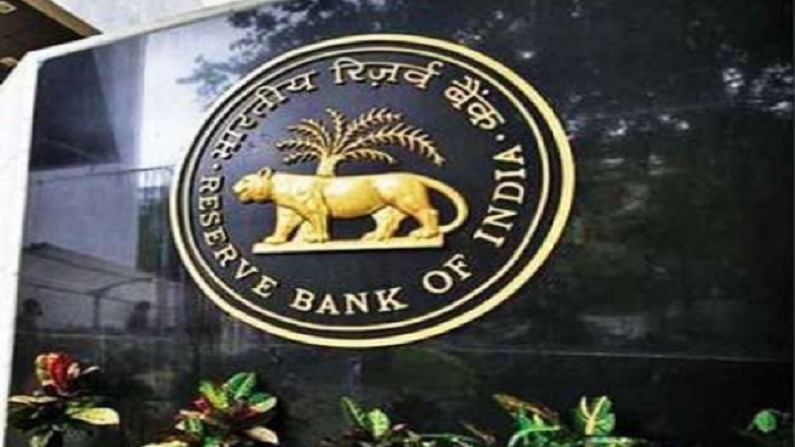RBI forward guidance encompasses guaranteed liquidity: SBI Ecowrap
The RBI has now unveiled guaranteed liquidity support through the announcement of G-SAP, a secondary market purchase of G-secs, with Rs 1 lakh crore commitment in Q1

As widely expected, RBI’s Monetary Policy Committee unanimously decided to keep the policy repo rate unchanged at 4% for the 5th straight time and has decided to continue with the accommodative stance as long as necessary. RBI retained the projection of real GDP growth for FY22 at 10.5% overall and 26.2% in Q1, 8.3% in Q2, 5.4% in Q3 and 6.2% in Q4. Coming to CPI projections, RBI has revised Q4 inflation at 5.0% for Q4 FY21 (earlier: 5.2%) and projected 5.2% for Q1 FY22, 4.4% for Q3 and 5.1% for Q4, with risks broadly balanced.
Liquidity remains the key focus area of RBI, which has come up with further measures to maintain system liquidity.
The RBI has now unveiled guaranteed liquidity support through the announcement of G-SAP, a secondary market purchase of G-secs, with Rs 1 lakh crore commitment in Q1. Such guaranteed OMO support over and above the discretionary liquidity support is somewhat explicit forward guidance.
Interestingly, such an assured OMO support was resorted to by Bank Indonesia and BSP (Central Bank of Philippines) in 2020, but that was in the primary market. However, the assured liquidity support is a clear resemblance to Developed Market central banks. Thus, the RBI has nicely dovetailed a liquidity strategy specific to the Indian context.
Separately, RBI has also decided to extend the TLTRO on Tap Scheme by a period of six months, i.e., till September 30, 2021. RBI will provide fresh liquidity support of Rs 50,000 crore to institutions including NABARD (Rs 25,000 crore), NHB (Rs 10,000 crore) and SIDBI (Rs15,000 crore).
RBI has also allowed banks another 6-months (till September 30, 2021), to classify lending to registered NBFCs (other than MFIs) as PSL up to 5% of a bank’s total PSL, for on-lending to Agriculture/MSME/Housing.
To encourage farm credit to individual farmers against pledge/hypothecation of agricultural produce and leverage the inherent safety of Negotiable Warehouse Receipts (NWRs)/electronic-NWRs (e-NWRs), RBI has enhanced the loan limit from Rs 50 lakh to Rs 75 lakh per borrower. This is an excellent step and will increase the overall loan amount which was merely Rs 437.9 crore in FY20 as against 1.4 lakh eNWR/NWR issued.
Regarding the payment system infrastructure, RBI has proposed to enable payment system operators, regulated by RBI, to take direct membership in CPSs. This facility is expected to minimize settlement risk in the financial system and enhance the reach of digital financial services to all user segments.
RBI has also increased the account limit and made interoperability mandatory for full-KYC PPIs and for all payment acceptance infrastructure. This will increase the use of the existing payment infrastructure and will boost digital transactions in the country.
Most importantly, the RBI shift from time-based guidance to state based guidance is a commitment to support growth in an implicit manner in the current uncertain environment. Time- based is more explicit, state-based is implicit. For example, growth on a durable basis is not quantifiable but an implicit guidance on the state of the economy.
One challenge that the RBI might have to face in FY22 is the movement in exchange rate. Increasingly, the current scenario reminds us of the 2008-09 playbook. International commodity prices at that point had increased at a much faster rate than the rate of appreciation in the exchange rate during such phase and as a result the net effect on inflation through import prices still remained positive and strong and rupee movement had reversed from appreciation to depreciation in a very short span.
Currently, the weighted component of imported inflation has been rising as crude oil prices have increased. With the rupee also showing depreciating tendencies and increasing commodity prices, the inflationary impact might turn positive, as the increase in commodity prices could be much faster than rupee appreciation that was the trend in March. This risk has to be recognized and the risk management policy has to be dynamic to result in effective forex exposure management.
Interestingly, RBI has recently turned a net seller of dollars in the foreign exchange market as there were many oversold dollar positions in the market as a result of stability in the rupee exchange rate that got reversed with an exponential jump in Covid-19 cases.